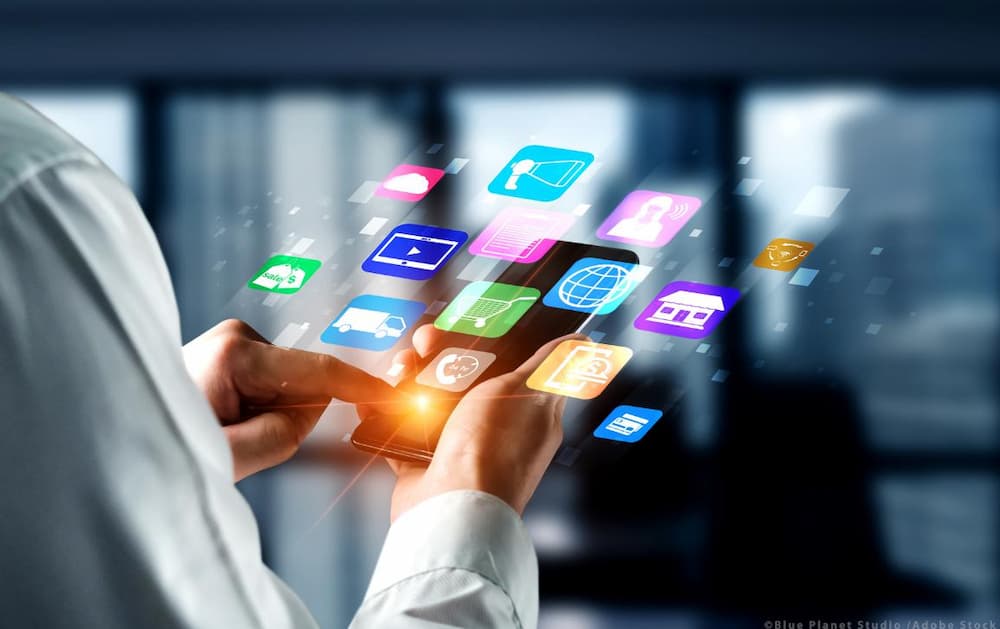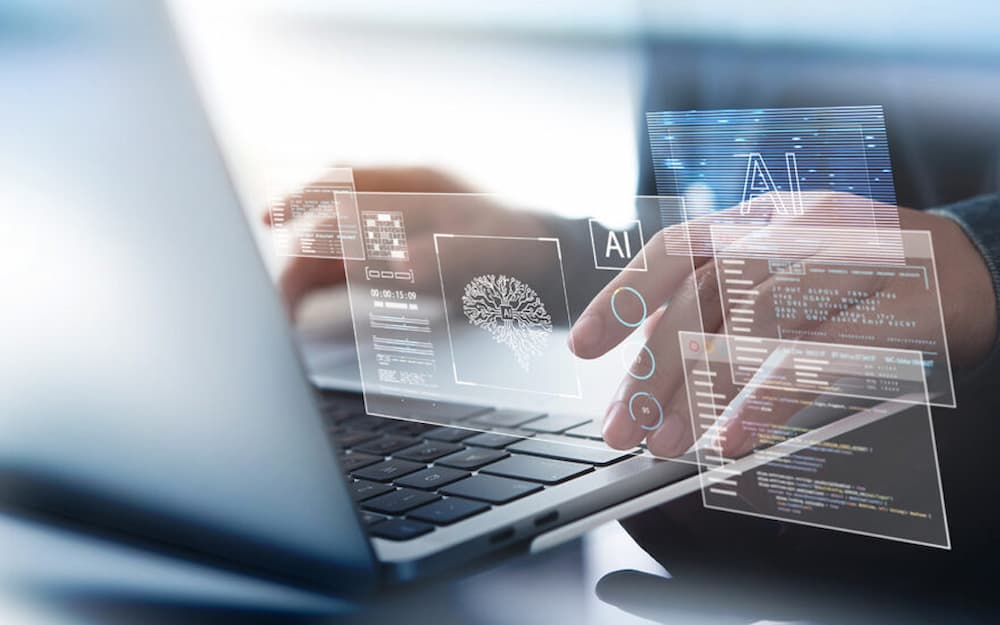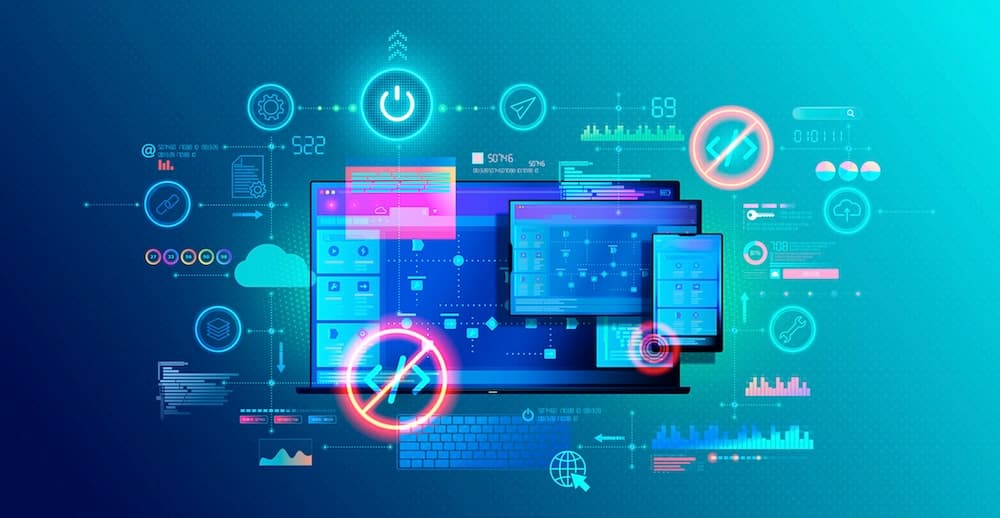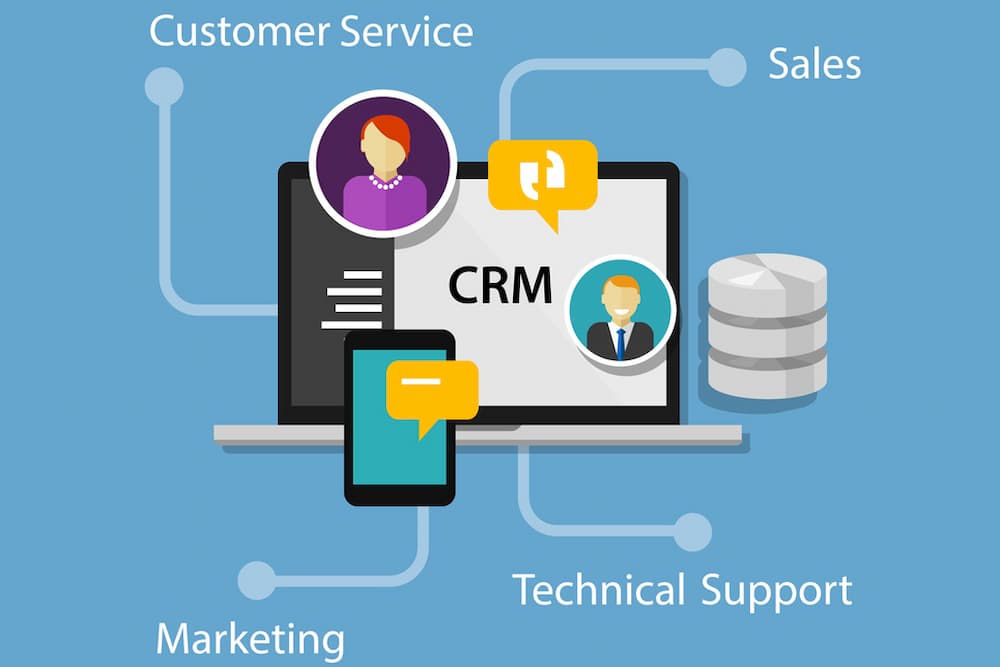The retail industry has undergone a dramatic transformation in the last decade. With increasing consumer expectations, omnichannel shopping experiences, and globalization, retailers face more competition than ever. To navigate these challenges—and capitalize on opportunities—retailers are embracing Enterprise Resource Planning (ERP) systems. Designed to consolidate and manage a wide array of business functions, ERP for the retail industry integrates everything from inventory tracking and supply chain management to financial reporting and customer relationship management (CRM). The result? More efficient operations, actionable insights, and happier customers.
In this guide, we’ll explore the fundamentals of ERP for retail, discuss its core features and benefits, review implementation best practices, and look at real-world experiences. By the end, you’ll have a clear picture of why an ERP system could be the key to thriving in today’s retail landscape.
Understanding ERP in the Retail Context
Enterprise Resource Planning (ERP) is software that unifies diverse business functions into a single platform. In the retail industry specifically, ERP is designed to integrate point-of-sale data, warehouse management, supply chain activities, customer engagement processes, and financials. Rather than juggling multiple standalone solutions, retailers can manage their operations under one central system.
Why Retailers Need ERP
- Complex Supply Chains: Retailers often work with numerous suppliers and manage multiple warehouses or store locations. ERP software helps coordinate product flow, ensuring stock levels remain optimal and backorders are minimized.
- Omnichannel Demand: Consumers purchase items both online and in-store, expecting seamless experiences. ERP software syncs data across channels, preventing stockouts or inconsistent pricing.
- Rising Operational Costs: As competition intensifies, reducing inefficiencies becomes mission-critical. ERP systems automate routine tasks and offer real-time analytics, helping retailers allocate resources more effectively.
- Customer-Centric Focus: Today’s consumers expect personalized offers, loyalty programs, and convenient returns. An ERP integrates CRM modules, making it easier to capture customer data and tailor experiences accordingly.
You can discover the full scope of our offerings by visiting Our ERP Solutions and Services to find the right solution for your retail business.
Key Features of ERP for the Retail Industry
- Inventory Management
- Real-Time Stock Levels: Automatic synchronization of inventory data across channels (online, in-store, or warehouse).
- Demand Forecasting: Uses historical sales and market trends to predict future demand, reducing the likelihood of overstock or stockouts.
- Barcode and RFID Support: Streamlined tracking, allowing staff to quickly locate or confirm item availability.
- Point of Sale (POS) Integration
- Single View of Sales: Pulls sales data from registers, eCommerce platforms, or third-party marketplaces into a single dashboard.
- Automated Transaction Sync: Each sale immediately updates relevant modules—inventory, financials, or loyalty programs.
- Customer Relationship Management (CRM)
- Customer Segmentation: Group customers by purchase history, demographics, or behavior, enabling personalized promotions.
- Loyalty Programs: Automate reward point accrual, redemption, and targeted offers.
- Customer Service Tracking: Monitor issues or returns in a structured, transparent manner.
- Financial Management
- Accounts Payable and Receivable: Streamlined billing and vendor payments to avoid manual errors.
- General Ledger: Centralized access to revenue, expenses, and budgeting data for real-time financial snapshots.
- Multi-Currency and Tax Handling: Particularly crucial for retailers operating in multiple countries or regions.
- Supply Chain and Procurement
- Supplier Management: Track vendor performance, contracts, and payment terms.
- Purchase Order Automation: Generate POs based on pre-set reorder levels or demand forecasts.
- Logistics Coordination: Integrate shipping carriers and track item movements from supplier to store or customer.
- Reporting and Analytics
- Sales Dashboards: Real-time insights into best-selling items, average transaction value, and sales by channel.
- Customizable KPIs: From gross margin by product category to customer lifetime value, you can measure what matters most.
- Predictive Analytics: Forecast future trends, ideal stock levels, or promotional effectiveness using historical data.
- eCommerce and Marketplace Integration
- Unified Product Catalog: Consolidate product data, descriptions, and pricing in one place for quick updates across channels.
- Order Management: Track every order from initial purchase to delivery or in-store pickup.
- Returns Handling: Simplify the return process, automatically updating stock levels and refund calculations.
Benefits of Implementing an ERP in Retail
- Operational Efficiency
Automation reduces manual data entry and eliminates redundant tasks. This frees employees to focus on strategic initiatives—like analyzing trends or improving customer service. - Improved Decision-Making
With real-time data at your fingertips, you can quickly identify profitable product lines, detect seasonal shifts in consumer behavior, or adjust pricing strategies for optimal margins. - Enhanced Customer Experience
An integrated CRM ensures you know your customers well. Personalized marketing campaigns, loyalty rewards, and faster problem resolution foster stronger relationships. - Cost Savings
From better inventory control to streamlined procurement, an ERP helps you cut overhead and reduce wastage. You also avoid expensive out-of-stock scenarios that can damage your brand and revenue. - Regulatory Compliance
Retailers often deal with complex tax laws and industry regulations. With built-in compliance tools, ERP solutions simplify audit preparation and reduce the risk of penalties. - Scalability
As your retail business grows or expands into new territories, your ERP can adapt with added features, locations, and integrations—without needing a costly overhaul.
Overcoming Common ERP Implementation Challenges
- Resistance to Change
- Solution: Engage employees early in the process. Highlight the benefits, offer comprehensive training, and gather feedback to ease the transition.
- Data Migration and Clean-Up
- Solution: Use data cleansing tools or services to standardize and verify data before importing it into the new system. Conduct pilot tests to catch inconsistencies.
- Integration Complexities
- Solution: Work with an ERP vendor experienced in retail environments. They can provide specialized connectors or APIs for POS, eCommerce, and third-party logistics.
- Budget Constraints
- Solution: Start small with the modules that offer the highest ROI—like inventory or POS integration—and expand as resources allow. Many vendors also offer cloud subscription models that reduce initial capital expenditures.
- Finding the Right Vendor
- Solution: Evaluate vendors based on industry experience, customer support quality, and alignment with your unique retail processes. Ask for references from similar-sized retailers.
Real-World Reviews
Below are hypothetical, yet representative, comments from retailers who’ve successfully implemented ERP systems:
- Ava Johnson, Owner of TrendyBoutique
“We used to manage everything—inventory, sales, and customer info—in separate spreadsheets. After implementing an ERP, our mis-ships and delayed orders almost vanished. The built-in POS integration also made it easy to track in-store and online sales in real time.” - James Cole, Head of Operations at NewLeaf Grocery Stores
“Our biggest challenge was managing perishable items across multiple store locations. The ERP’s real-time inventory and predictive analytics helped us reduce waste by nearly 20%. Plus, the automatic reorder feature ensures we never run out of essentials.” - Mariana Garcia, eCommerce Manager at UrbanGear
“Since adopting an ERP, we have a unified product catalog that syncs with our website and online marketplaces. We also see valuable analytics—like which products have the highest return rates—so we can address quality issues quickly. It’s a real game-changer for both our sales and customer satisfaction.”
When you’re ready to see how our ERP fits your unique retail operations, feel free to Contact Us for a Personalized Demo.
Frequently Asked Questions (FAQ)
Q1: How do I know if my retail business is ready for an ERP?
A: You might be ready for an ERP if you’re experiencing frequent stockouts, manual process bottlenecks, poor data visibility, or difficulties scaling your operations. An ERP provides a unified view of your business, making growth more manageable.
Q2: Can small retailers afford ERP solutions?
A: Absolutely. While ERPs were once costly and favored by large enterprises, many vendors now offer scalable pricing and cloud-based solutions that make them accessible to small and medium-sized retailers.
Q3: How long does it take to implement ERP software?
A: The timeline can vary widely, from a few months to over a year, depending on your business size, complexity, and how many modules you plan to deploy. Proper planning, data migration, and staff training are critical elements that impact implementation speed.
Q4: Is it better to go for a cloud-based ERP or an on-premise solution?
A: Cloud-based ERPs are generally easier to scale, come with lower upfront costs, and require less in-house IT maintenance. On-premise solutions can provide more control and may be preferable for organizations with specific data security policies or unreliable internet access.
Q5: Can an ERP handle multiple retail channels (online, offline, marketplace)?
A: Yes. One of the core advantages of an ERP is its ability to unify operations across multiple channels. This includes real-time syncing of inventory, prices, promotions, and customer data.
Best Practices for a Successful ERP Implementation
- Define Clear Objectives
Identify what you want to achieve: reduced inventory costs, improved sales tracking, better customer engagement, etc. Use these goals to guide each phase of the project. - Involve Key Stakeholders
From store managers to finance teams, everyone should have a say in selecting modules and defining workflows. This fosters a sense of ownership and speeds up adoption. - Train Thoroughly
No matter how intuitive the ERP might be, your team will need time and guidance to become proficient. Invest in vendor-provided training sessions, and create internal resources like user manuals or video tutorials. - Pilot the System
Implement the ERP in one store or a single department first. Gather feedback, identify potential issues, and refine processes before rolling it out enterprise-wide. - Monitor and Optimize
Post-implementation, monitor key performance indicators (KPIs) like stock turn rates, average transaction value, and customer satisfaction. Use these insights to fine-tune system settings or workflows for continuous improvement.
Notable ERP Providers for Retail
- SAP S/4HANA
- Strengths: Advanced analytics, global reach, and strong supply chain modules.
- Why Retailers Like It: SAP’s scalability and robust functionalities are particularly helpful for large retailers with complex requirements.
- Oracle NetSuite
- Strengths: Cloud-based platform, modular features, and user-friendly dashboards.
- Why Retailers Like It: NetSuite’s real-time visibility across eCommerce, financials, and inventory helps smaller to mid-sized retailers scale efficiently.
- Microsoft Dynamics 365
- Strengths: Seamless integration with Microsoft Office tools, AI-driven analytics, and flexible deployment (cloud or on-premise).
- Why Retailers Like It: Familiar UI and strong CRM capabilities make it attractive for businesses looking to align ERP with their existing Microsoft ecosystem.
- Infor CloudSuite Retail
- Strengths: Deep industry focus, strong supply chain orchestration, and predictive analytics.
- Why Retailers Like It: Infor’s domain expertise in fashion and grocery retail sets it apart for those seeking industry-specific functionalities.
- Acumatica
- Strengths: Easy customization, flexible pricing, and a strong partner ecosystem.
- Why Retailers Like It: Growing retailers appreciate Acumatica’s robust API integrations and modern cloud architecture that can adapt to evolving needs.
References
- Gartner (2024): Magic Quadrant for Cloud ERP for Product-Centric Enterprises. Gartner Research (May require subscription).
- Forrester (2023): Digital Retail Transformation Trends. Forrester Research (Subscription required).
- Deloitte: Global Powers of Retailing 2025. Deloitte Research (Accessed January 2025).
(Note: Some resources may require subscriptions for full access.)
Final Thoughts
The retail landscape has evolved, and the demands on retailers have never been greater. Consumers expect frictionless shopping experiences—online, offline, and everywhere in between. They demand personalized service, quick deliveries, and easy returns. To meet these expectations and stand out in an increasingly crowded market, a robust ERP for the retail industry is essential.
From real-time inventory management and omnichannel coordination to customer service excellence, ERP systems provide a unified platform that empowers retailers to streamline their operations, reduce costs, and make data-driven decisions. While the initial setup may require time, financial investment, and employee training, the long-term rewards—enhanced efficiency, improved customer satisfaction, and scalable growth—are well worth the effort.
Ultimately, selecting the right ERP solution involves defining your goals, doing thorough vendor research, and planning meticulously for implementation. But once you align the technology with your retail processes, you’ll be well-positioned to thrive in a market where operational agility and customer-centricity often spell the difference between survival and success.










